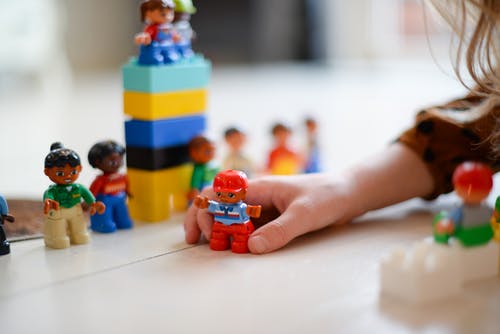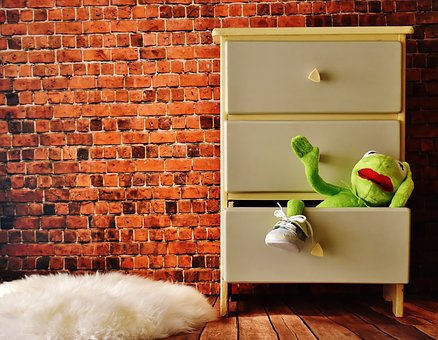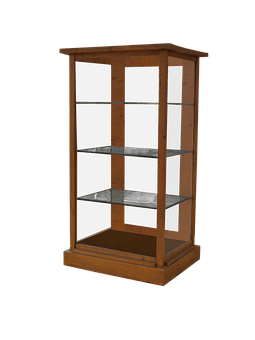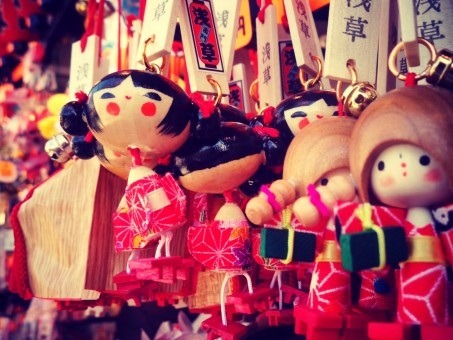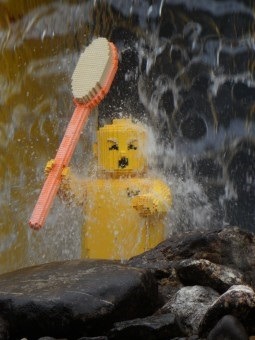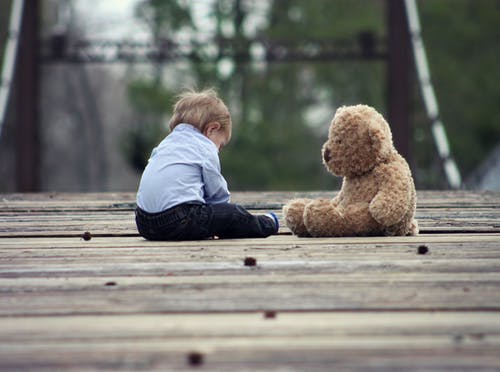One of the best memories of our childhood is playing with our favorite toy, right? Some children make a connection with their toys and they start loving them more than anything. If you also have some toys that you adored in your childhood and want your children to play with them too, you should save them in the right way.
Unfortunately, many of us might outgrow our toys and neglect to take care of them in the proper manner. This results in them getting broken, lost, or missing some vital parts. Instead of rendering them useless in this manner, you can keep your toys safe for your future generations. This way, you can get to relive your own happy memories and also pass on the fun to your kids.
We might think that kids these days are far too obsessed with their gadgets to be interested in old-fashioned toys. This isn’t necessarily true, as children usually enjoy several different types of activities. If they’re getting attention from you when you’re teaching them about your favorite game or toy, you may rest assured that they’d appreciate their inheritance all the more. If you’re still not convinced, check out these board games that kids will love and spend some time playing together instead of with those mobile devices!
Another reason for saving your toys to hand over to your kids is the cost factor. Simply put, quality toys for children are hard to come by these days, and they’re usually much more expensive than most parents can afford. Instead of trying to save up for the latest trend every time, why not get your child interested in something that you loved as a kid? This will save your budget and make your kid happy in a much more meaningful manner than a new toy from the store. Plus, your classic toys might be worth quite a bit now, especially if they were discontinued or in great demand. If nothing else, you can look upon these relics as a sort of investment for your future generations.
Here are some ways that you can save your toys for your children and preserve those memories. You can then visualize those good old days again and spend lots of quality time with your offspring:
1. Pack them well
Stiffed toy poking out of drawer:
If your toy is a thing that can get dirty, such as a teddy bear or anything stuffed, then you should pack it with care. An air-tight bag would be a perfect choice here, because simply storing it in the cupboard without packing it doesn’t sound like a good idea. A lot of dust particles can get in through the cracks in ordinary cupboards. What’s more, the cupboard might be exposed to moisture, dampness, or other harmful elements over the years. This is why it’s important to cover up your stuffed toys in a proper bag and seal it up for preservation.
One more thing you can do is put packets of silica gel in the bag. These will help protect your stuffed toy from moisture. These packets are available on the market, but you can also start your own collection by taking these packets from old purses, containers, and packaging for other items.
If you have an electronic toy, then saving it is much easier. All you have to do is take the batteries out and put it in the box it came in, and then place it in a cabinet. You’d be surprised at how long they last!
Finally, you can also use a bubble wrap sheet to wrap around the toys in order to prevent them from any kind of damage. This is especially important if you’re planning to move to a new home. A few bumps and knocks can scratch the toy and even damage it beyond repair. If you can’t be bothered to get bubble wrap or are looking for a greener solution, newspaper balls will hopefully do the trick.
2. Lock them up
Lego figures lined up neatly:
If you have a huge collection of toys that you want to save for your little champs, you can go for a cabinet with a lock rather than saving them in a scattered way. If you want to keep them extra secure, consider getting a small safe for them. If the toys fit in there, they can become extra safe and portable to boot.
Putting all of them in a single safe location will make it easy for you to store them. Pack all of your toys carefully, put them in a cabinet, and lock it.
Don’t put them in a cupboard that is frequently used, or you might accidentally drop the toy and break it into pieces even before your child gets to see it. A dedicated toy space would be great here, no matter what method you end up choosing.
Locking up your old toys will also ensure that no one else gets to them without your permission. If you simply shove them all into a box and place it in the attic, chances are that someone will come across it sooner or later. You might return home from college one day and find that your mother has sold your memories at a garage sale or even given them away!
If something is locked inside a cabinet or safe, however, other people will think twice about inspecting the contents. Even if your parents have a key to that cabinet, they probably won’t take your toys without asking.
3. Store your toys away from the sunlight
A display cabinet made of wood and glass:
Never display your toys/dolls on window ledges where they are exposed to sunlight. Constant sunlight can easily destroy or deteriorate dyes and fabric. Wooden toys can get bleached from the sun, while plastic ones can even melt in parts if the temperature is too extreme.
If you want to put your toys on display, you can place them in a sturdy glass-cabinet or a wooden one. If you are going to store them in a wooden cabinet, then make sure you coat it well with polyurethane varnish and cover it with acid-free paper for enhanced protection.
4. Don’t mix wooden toys with other toys
A display of wooden dolls:
Storing all the toys in a single place is easy and much more manageable, but it is recommended that you make a separate portion for wooden toys. These could be old-fashioned trains, dolls, and cars as well as wooden building blocks.
The reason for storing such items separately is because wooden toys (play sets) might have rough and edgy sides that can rip your stuffed toys. Secondly, with time, when that wooden toy will age, it might emit fumes that can harm other materials kept near it. We don’t know how well the wood has been treated during the production of this toy. If it hasn’t been properly varnished or polished, a little dampness might even rot the wood or cause bacterial growth. This could again damage the other toys or at least cause them to take on a horrible smell.
Most people don’t know this, but it is a great practice to store wooden things in a separate compartment or a separate place as a general rule. Whether we’re talking about toys or something like wooden spoons for our kitchen, it’s best to keep the wood separate rather than storing things all in the same place.
5. Clean off any stains
Lego toy with cleaning brush:
Don’t just stack up all your toys and save them without erasing any stain from them. The plastic toys can be easily washed, while you can treat the wooden or metal ones with a proper cleaning method to get them sparkling.
Removing the stain as soon as possible will be the easiest and best thing to do. However, you can use an ordinary gum eraser to remove stains like pencil marks from painted wooden toys or doll faces. An ordinary eraser can also be of great help in removing spots, but make sure you rub them off gently. If you apply too much pressure, you might end up creating patchy surfaces. These will look much worse than a stain. If the toy was painted and you removed paint while cleaning, see if you can find the same colors. Try to repaint the toy so that it looks newer when it is given to your child. While they would definitely appreciate having something that was important to you, it helps if the appearance of the toy is also presentable.
6. Points to Consider
A child with a stuffed bear:
Keeping your toys for the next generation might be viable for some, but not such a great idea for others. You’d have to consider several factors before storing away your toys, such as the following:
- We’re assuming here that everyone wants kids and will have them. You might not be sure on this count, and you’re not alone. If you feel like living a child-free life, you might consider keeping the toys for your nieces and nephews, or simply donating them right away.
- Your living situation might be shaky at the moment, with barely enough space for yourself. With accommodation for millennial shrinking and becoming more expensive as we speak, meting out space for old toys might not be an option. The same goes for if you’re living in a trailer, a tiny home off the grid, or want to lead a minimalistic lifestyle. In such cases, you might want to hold on to a few precious toys instead of the whole lot.
- Your future living situation should also come into account here. Your long term goals could include moving abroad for several reasons. While this would hopefully mean a better life for you and your children, packing up all your old toys and taking them along would be quite expensive.
- Finally, you should consider the sentimental value of these toys. Are you storing them for your kids, or for yourself? There’s no harm in holding on to old stuff for sentiments’ sake, but you need to make sure you’re ready to pass them on. The kids might not treasure these items as much as you do. It could be a wrench to part with your beloved toys later on, so make sure you’re ready for that jolt. If you’re not, consider simply displaying the toys or pulling them out only on very special occasions.
Final Verdict
Saving antique toys that you also loved the most in your childhood will surely bring back all those memories when your own child will play with them. You can follow the tips mentioned above that will help you a lot in saving your toys for your future little champs. And remember, it is wise to find out if your toys are worth money before handing them down for your child to play with. They may be a better investment for your child’s future than you realized.

